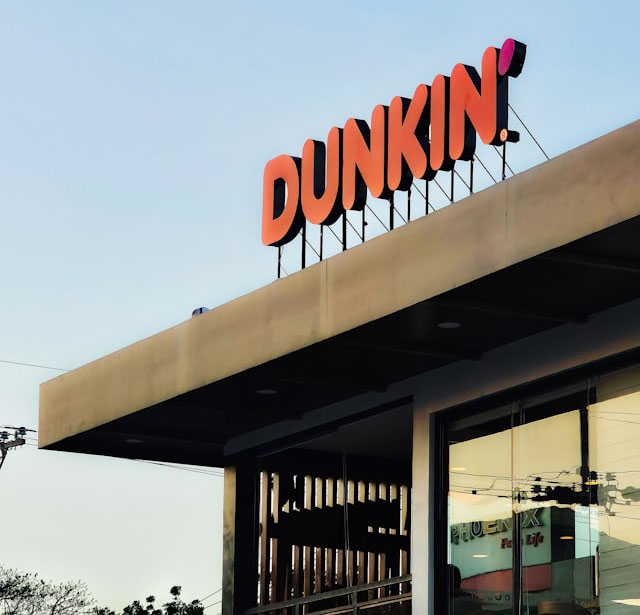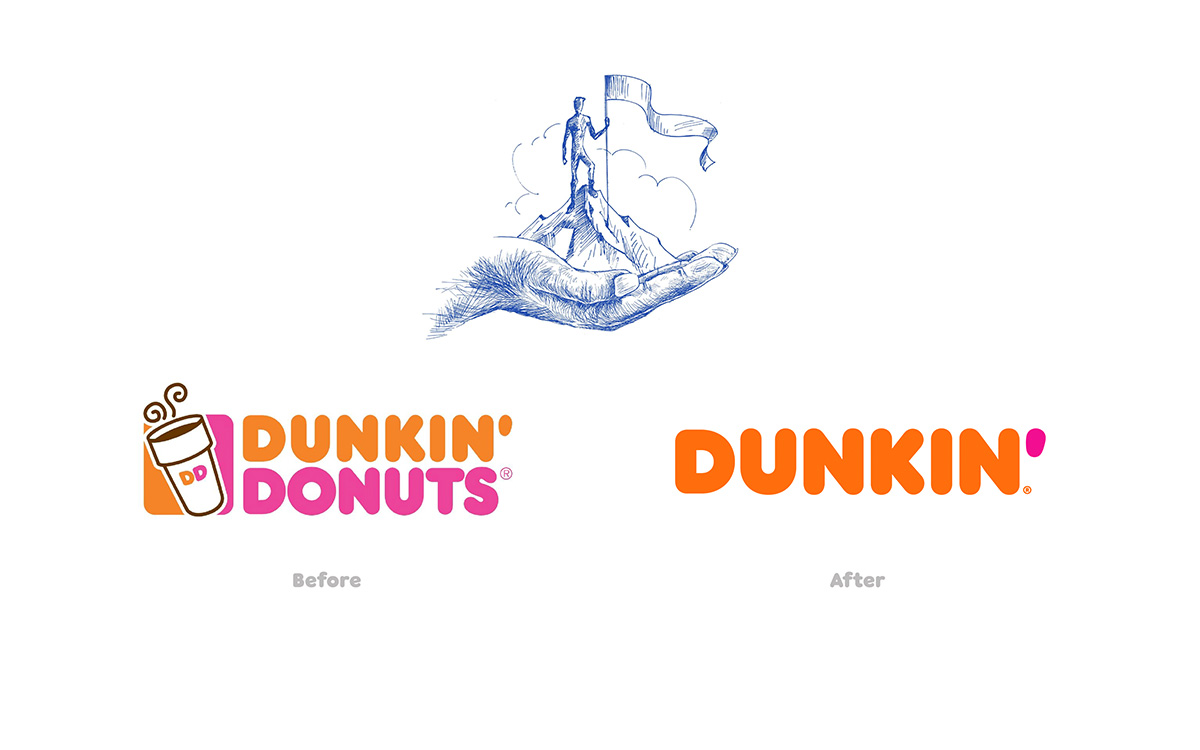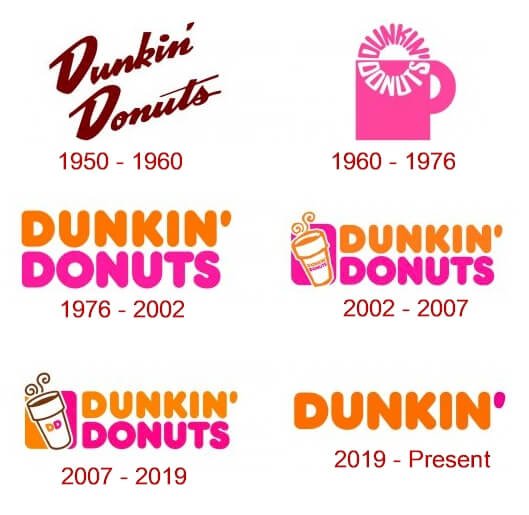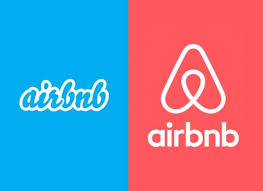Have you ever grabbed a coffee from Dunkin’ Donuts, but felt like the name pushed donuts more than drinks? I sure have, during a road trip through New England a few years back. The rebrand success story of Dunkin’ Donuts shows how dropping “Donuts” solved that exact problem. In this article, we’ll unpack this rebrand success story, from the challenge to the wins, and share lessons for brands everywhere.
What is Rebranding and Why Do Brands Do It?
Rebranding means updating a company’s image, name, logo, or overall feel to better match its goals or audience. It’s not always a total overhaul; sometimes it’s subtle changes that make a big difference. Brands rebrand to fix problems like outdated perceptions, expand markets, or stand out from competitors.
Why bother with a rebrand? Well, if your brand name limits what people think you offer, like Dunkin’ Donuts being seen as just a donut spot, it can hurt sales. A good rebrand refreshes branding and identity, attracting new customers while keeping old ones happy. For instance, global brands rebrand to adapt to cultural shifts or new trends across countries.
Think about it: In a world where consumers in the U.S., Europe, and Asia all expect quick, modern experiences, staying stuck in the past isn’t an option. Rebranding helps brands stay relevant everywhere.
The Problem: Dunkin’ Donuts’ Brand Perception Challenge
Dunkin’ Donuts started as a donut shop in 1950, but over time, coffee and drinks became their big sellers. Believe it or not, beverages make up about 60% of their sales today. Yet, the name “Dunkin’ Donuts” made new customers think it was all about donuts. Regulars knew better, they came for the coffee, but outsiders saw it as a pastry place, not a full cafe.
This perception gap was a real issue for branding and identity. In markets around the world, from the U.S. to places like India or Brazil where Dunkin’ operates, people might skip it if they’re looking for a quick coffee stop. The company wanted to compete with giants like Starbucks, but the name held them back.
I once chatted with a friend in London who said, “Dunkin’ Donuts? Sounds like a treat spot, not where I’d get my morning brew.” That sums up the problem perfectly.
The Rebranding Strategy: Shifting to Dunkin’
In 2018, Dunkin’ Donuts announced they’d drop “Donuts” from the name, becoming just Dunkin’ starting in 2019. The goal? To highlight their coffee and beverage focus while keeping the fun, familiar vibe. They retained the iconic pink and orange colors and the playful font, no massive changes there.
This rebrand was all about solving the perception problem without alienating fans. By removing “Donuts,” they signaled “We’re a beverage brand first.” It was a subtle tweak in branding and identity that felt natural.
Globally, this helped Dunkin’ appeal to diverse cultures. In Asia, where coffee culture is booming, the shorter name made it seem more modern and versatile, fitting local tastes for quick drinks.
Implementation: Testing the Waters Before a Full Rollout
Dunkin’ didn’t rush the change everywhere at once. They tested the new name and look in select stores, starting in places like Quincy, Massachusetts. This smart approach let them gauge reactions without risking the whole brand.
For existing customers, it wasn’t a shock, the stores still felt the same. New folks, though, got the coffee shop vibe right away. This gradual rollout minimized backlash and built confidence.
Worldwide, Dunkin’ adapted the rebrand to local markets. In Europe, they emphasized eco-friendly packaging alongside the name change to align with regional sustainability trends. It shows how a rebrand can be tailored globally.
Results: How the Rebrand Became a Success Story
The rebrand paid off big time. Sales grew, with beverage focus driving more traffic. Dunkin’ opened over 1,000 new stores in the years following, expanding internationally. Surveys showed 32% of people liked the new logo, proving the subtle shift worked.
This success story in branding and identity boosted their market share against competitors. In global terms, it helped Dunkin’ grow in emerging markets like the Middle East, where the streamlined name resonated with urban consumers.
One fun anecdote: After the rebrand, I visited a Dunkin’ in Toronto, and it felt more like a go-to coffee spot than ever. No donut pressure, just great drinks.

Lessons from Dunkin’: Pros and Cons of Rebranding
Rebranding has upsides and risks. Let’s break it down.
Pros:
- Solves Specific Problems: Like Dunkin’, it can fix misperceptions in branding and identity.
- Boosts Growth: Post-rebrand, Dunkin’ saw increased loyalty and sales.
- Global Adaptability: Makes brands more appealing across cultures, as seen in Dunkin’s international push.
- Fresh Appeal: Attracts new demographics without losing core fans.
Cons:
- Risk of Confusion: Some customers might miss the old name.
- Costs Involved: Testing and rollout aren’t cheap.
- Potential Backlash: If not done right, it can alienate people, like in failed rebrands elsewhere.
- Time-Consuming: Global rollouts need careful planning for different regions.
Overall, Dunkin’s approach shows that minimal changes can yield big results if they target the right issue.
Global Rebranding Examples: Inspiration from Around the World
Dunkin’s story isn’t unique, brands worldwide have nailed rebrands. Take Airbnb: In 2014, they updated from a script logo to the “Bélo” symbol, emphasizing belonging. This helped them expand globally, fitting cultures from Japan to Brazil.
Apple’s 1997 rebrand with “Think Different” shifted from computers to innovation, boosting their worldwide icon status. In Europe, Burberry refreshed its image in the 2000s to shed a dated rep, appealing to luxury buyers everywhere.
These success stories show rebranding works across borders, adapting to local climates and preferences, like how Pepsi refreshed in Asia for youthful vibes.
Wrapping It Up: Time to Rethink Your Brand?
Dunkin’ Donuts’ rebrand to Dunkin’ proves that effective branding and identity changes solve real problems, leading to massive success. From fixing perceptions to global growth, it’s a blueprint for any brand. If your business feels stuck, consider a rebrand, it might be the boost you need.
FAQ
Why did Dunkin’ Donuts rebrand to Dunkin’?
They wanted to emphasize coffee and drinks over donuts, as beverages drove most sales, shifting public perception.
Was the Dunkin’ rebrand successful?
Yes, it led to sales growth, new store openings, and positive customer feedback, making it a key success story in branding.
What are the risks of rebranding a brand?
Risks include customer confusion, high costs, and potential backlash if the change doesn’t resonate.
How can rebranding help with global expansion?
It allows brands to adapt to cultural differences, like making names more versatile for markets in Asia or Europe.
What lessons can small businesses learn from Dunkin’s rebrand?
Focus on solving specific problems with subtle changes, test gradually, and keep core elements to retain loyalty.
Is rebranding worth it for established brands?
Often yes, if it addresses outdated perceptions and opens new opportunities, as seen in global examples like Apple.
About the Author
Widelly
widelly-admin · 7 articles published
Expert contributor at Widelly, sharing insights on B2B and B2C growth strategies.
Related Articles

Zoho: The Affordable SaaS Powerhouse Challenging Google, Microsoft, and More
Zoho is a popular software company from India that helps businesses run smoothly. It offers…

The 5-Step Framework to Building a Powerful Brand in 2025
In today’s competitive marketplace, a strong brand is no longer a luxury—it’s a necessity for…




